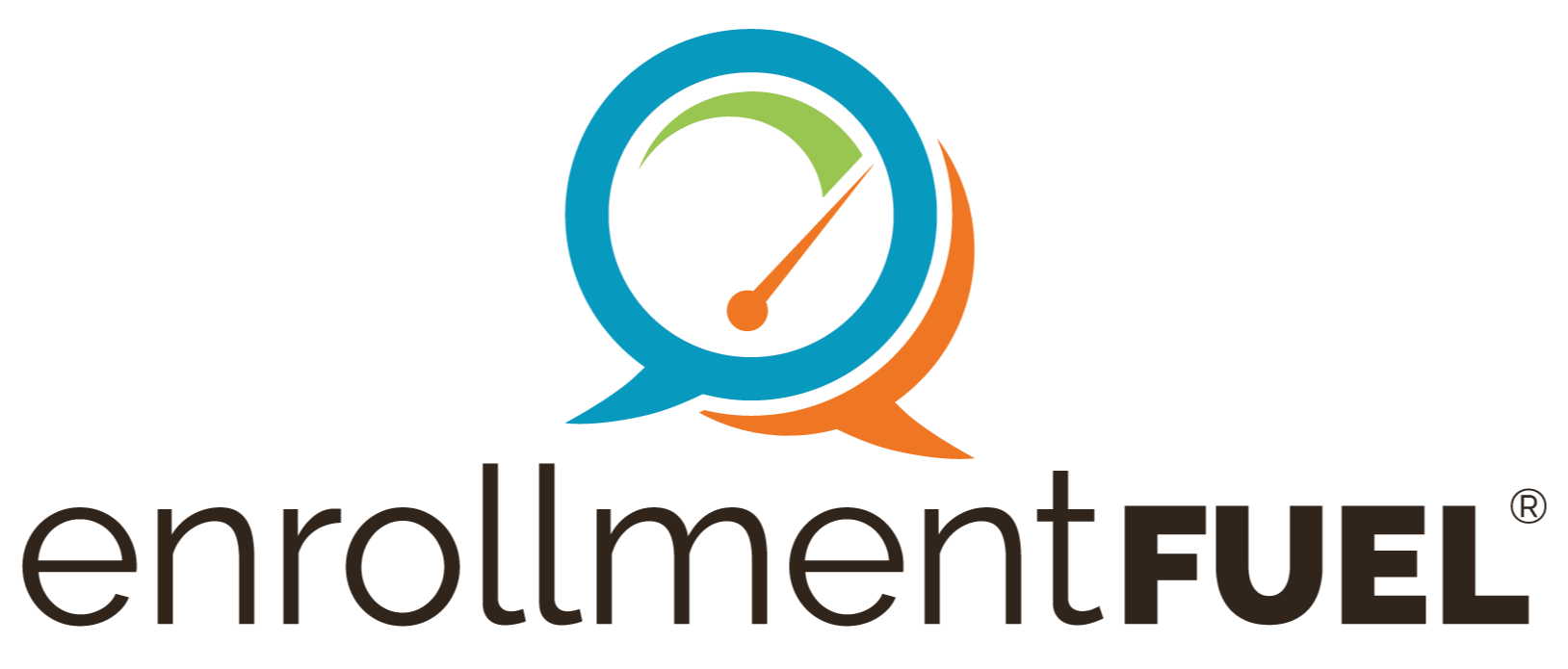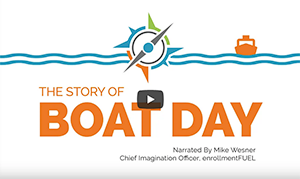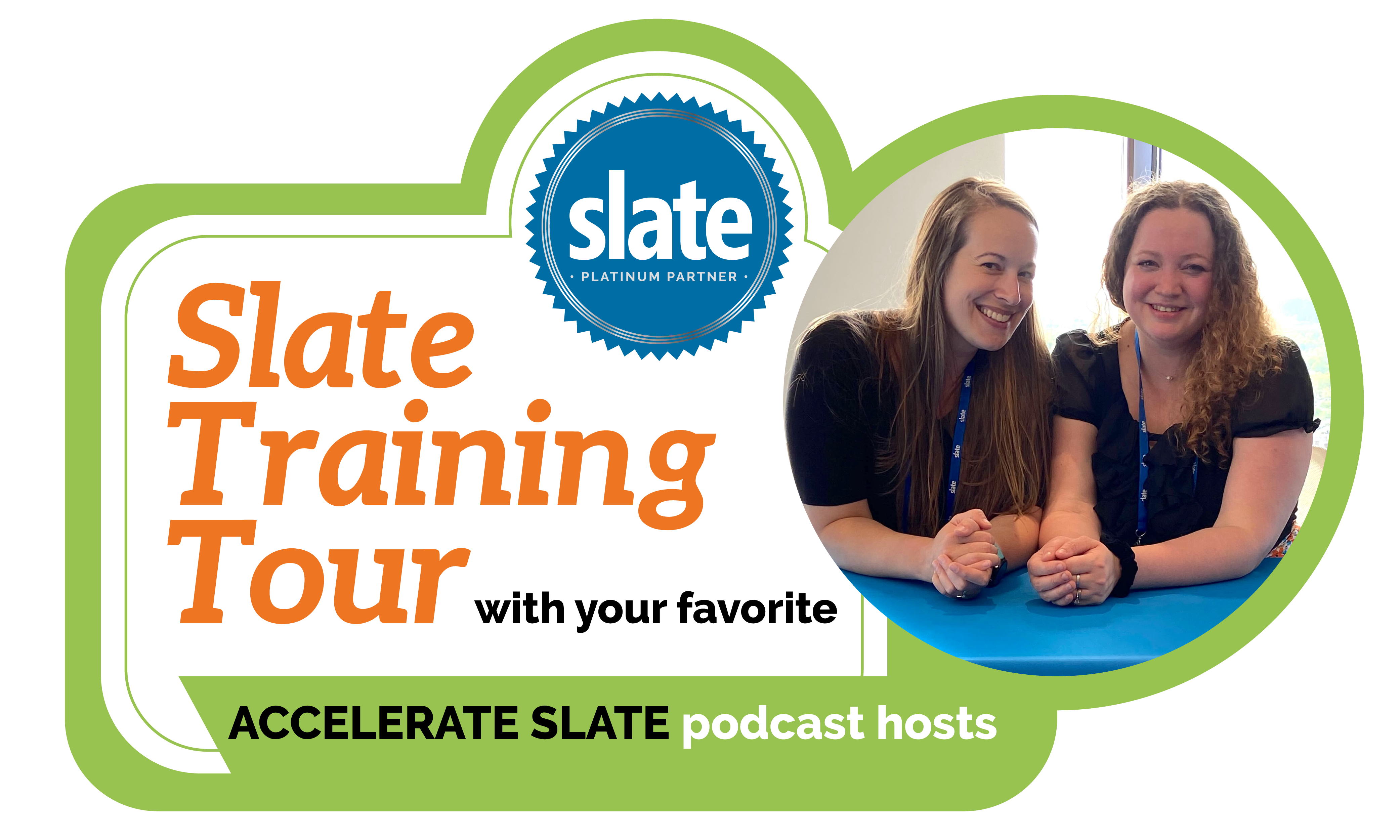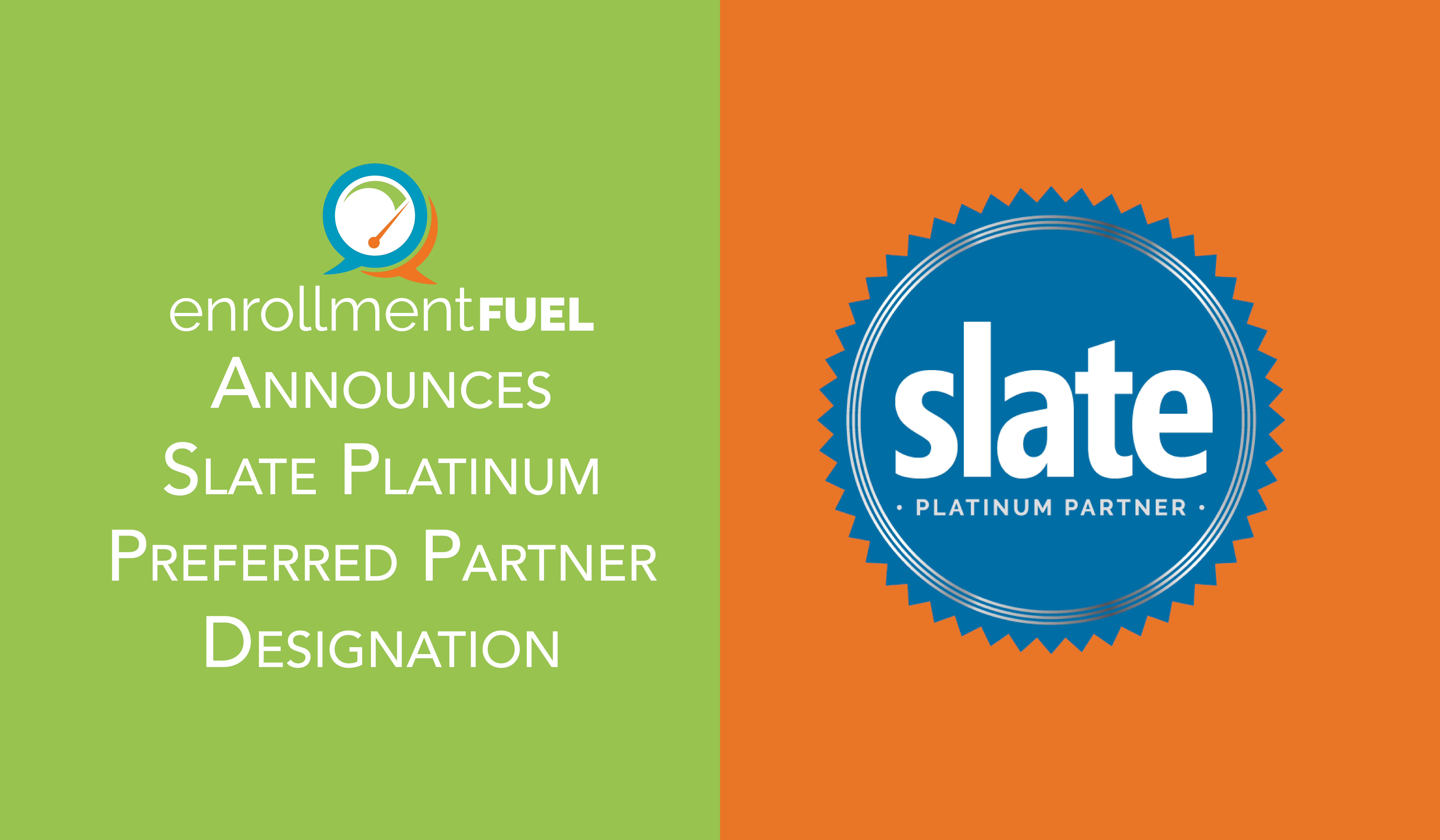I’VE ALWAYS BEEN AN EARLY ADOPTER.
I always tried to do things first. In the sixth grade, I was one of the first to part my hair down the middle, and in high school, I was one of first to add a power booster in the trunk of my car to amplify sound. In college, I was one of the first to play Michael Jackson’s dance moves over and over on my VCR teaching myself how to moon walk across a dance floor.
All of these things are embarrassing to admit. They clearly identify me as a child of the 1980s. And yes, I graduated high school sporting a big mullet hair cut and was quite proud of my collection, at the time, of 8 track tapes that I could blast from my car.
Today, I’m referred to sometimes as the big idea guy. I like to run to the new thing and fully engage it early. I admit that I do this because I’m kind of imagining that I’m shouting back to the crowd “look everybody, this is where things are headed.”
I was fascinated many years ago by the book Crossing the Chasm: Inside the Tornado by author Geoffrey Moore. He studies the Diffusion of Innovation Theory developed in 1962 by Everett Rogers—a standard bell curve distribution of how technology is advanced by populations. Some of us at one end of the spectrum are innovators and early adopters, while at the other end of the spectrum, there are the laggards. I’ve engaged the laggards much of my life and have tried to change them. I have learned that whenever championing change, it’s better instead to focus on the center of the bell curve.
Based on Roger’s model, I know I will never be a pure innovator, which represents only 2.5 percent of the population. Instead, I’m a proud member of the “early adopter” group, which represents 13.5 percent of the population. This group generally hops on the bandwagon before others. And, we often hop off of the same bandwagon a little too early, as well.
Today, I want to encourage you to try to ride some waves a little longer. I have identified three waves that many successful enrollment leaders are riding today; and, many of you are still paddling in the surf looking for the next wave to hop upon. Riding these waves could possibly pay huge dividends for you.

(I won’t spend much time on email here because I addressed why I like email again in this blog.)
Wave # 2: Mail is not dead
The kind of mail I’m talking about is high impact mail. High-octane mail…as I sometimes call it. Sometimes, it’s the size, other times it’s the way it feels to touch, or even how it smells. Often, it’s inviting because it is a box or package of some sort. The real power of mail is that it can stay around for months and continues to impact in ways that are difficult for marketers to measure.
In the company that I lead, enrollmentFUEL, I think we’re early adopters. Most of us understand the power of mail very well. We do some pretty cool stuff with mail. Direct mail is a hard worker that is favored by those who aren’t scared of the hard work required to be successful.
Direct mail is espoused fully by groups representing the early and late majority in the graph above. 68 percent of you know this! And, if you know this, you’re probably an enrollment leader who is having success. What you probably know is that most Americans each day have what I call the “mail moment.” A moment each day that is a brief respite—a time when we pause fully and allow one communication channel to completely interrupt our day and capture our undivided attention. Independent research provided to the USPS indicates that 98% of Americans ritually have this pause in life each day. Almost all Americans have a sacred time each day where they let this hard working channel interrupt their hurried lives.
Mail is steady. It’s reliable. It gets to parents. And some weird early adopters like myself even like the way it feels and smells. (There are many special things you can do to make it feel good).
But, hard work is not as popular as emerging technologies. And, mail is not as sexy as Instagram, to some.
I tell most prospective clients at our company, FUEL, we have nearly any technology that any early adopter could be considering. We are inbound marketing experts. We pre-target, re-target, data mine, and score behaviors on a weekly basis. I like to get updates on where the technology with Near Field Communications (NFC) is because I have a personal interest in it, and because I think it can be a game changer—as I already told you, I’m an early adopter.
(Keep your ears up for NFC…it could be the next big thing.)
If you’re one who’s thrown out mail in your strategies and have may considered it obsolete—it’s time to start looking at how you can integrate it with those shiny technologies that currently impress you. Mail also has the uncanny ability of playing nicely with other technologies.
Mail is the piece that hangs around on the kitchen table. It contains the Personalized URL. It sometimes contains the QR Code—which is technology that many have moved away from too soon and is seeing resurgence. Mail allows you to harvest the seeds you’ve sown with your pre-targeting and re-targeting banner and other inbound marketing strategies. Mail is given permission to interrupt. And, it is allowed to stay around longer.
And moms like mail. Need I say more?
Wave #3: Hard Work is What’s Hot!
I caution clients after I’ve impressed them with technology that it alone cannot fix their problems. It is why two thirds of all CRM software implementations are considered failures and don’t provide the magic leaders were envisioning. The next time you’re Googling out of boredom, enter in “CRM and failure.”
I have a saying that I’ve borrowed from our Monmouth College client, Vice President of Enrollment, Trent Gilbert. Trent shared in an early meeting that most things in Enrollment Management involve “people recruiting people.” When Trent says this, his towering voice also adds matter-of-factly, “they always have, and they always will.”
There are no magic formulas. Hard, persistent work is still necessary to be successful in any setting. I consider email a hard worker. I think mail works even harder. But none of these is an important to your success as the hard work of your people.
Too often this year, I’ve seen schools that were busy, but they weren’t working effectively. Some of them are busy jumping from one wave to another. Successful enrollment leaders know which waves to ride, and one of the best waves to ride is what the DME team calls the “ruthless elimination of unqualified leads.” It takes smart, hard, work to have the courage and strategy in place to let your people spend their time on those most likely to enroll, while eliminating those prospects that you’re romanticizing about impressing, but they’re essentially wasting your time and money.
Hard work is a wave that needs to be ridden for a long time. It’s a timeless absolute.
Where do you fall on Roger’s spectrum of his “diffusion of innovation theory?”
Engaging the shiny and new do not always provide outcomes that are sustainable. Just look around and tell me how the mullet hairstyle is received today. Laggards are chasing the past and are quick to give up and say the sky is falling. Sometimes, equally as dangerous, is an early adopter who jumps to every new shiny thing.
What really works is hard work, and there is no magic formula that I’ve found on any campus I have recently visited in Ohio, Pennsylvania, Maryland, West Virginia, Kentucky, or Virginia. I still have many states to go, but I doubt I will find a silver bullet there, either.
Related Articles
Higher Ed Blog Article | Top 5 Digital Marketing Tips | enrollmentFUEL
Increasing enrollment is at the heart of every marketing goal in the higher education world. Seems...
Higher Ed Blog Articles | 5 Reports to Build in Your Slate CRM
Enrollment Management leaders need data to share with campus partners, set goals, and motivate...
Custom In-Person Higher Ed CRM Slate Training | enrollmentFUEL
Dive into your Slate adventure and attend the in-person Slate training sessions led by the hosts of...




